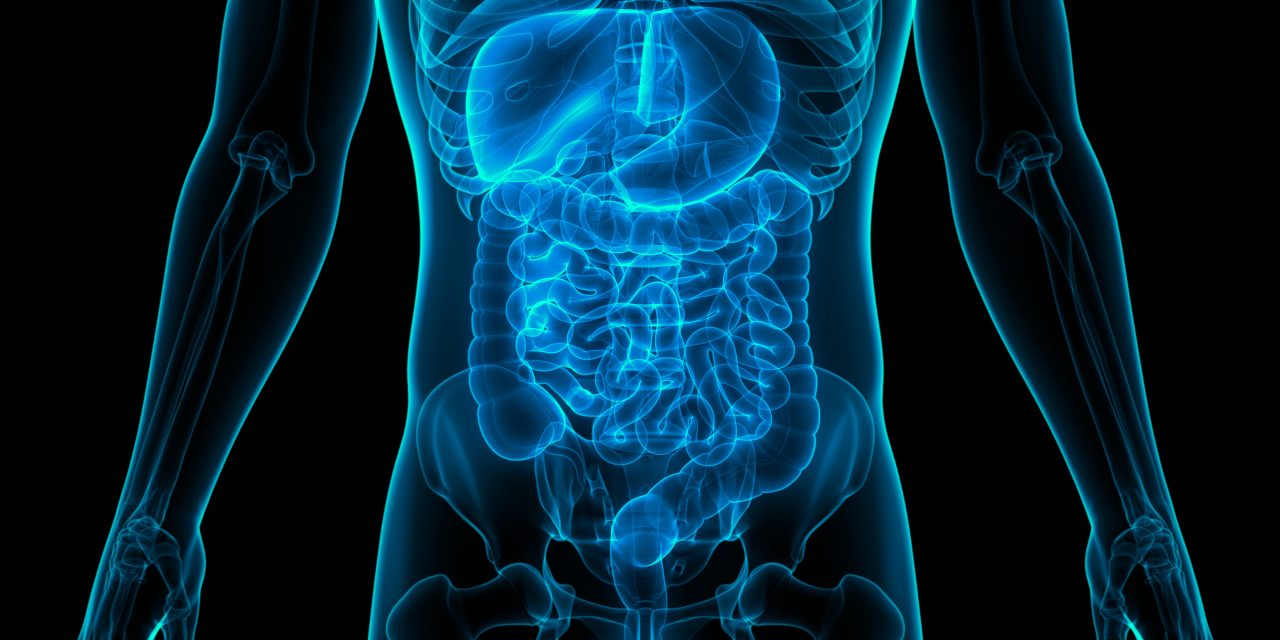Guidelines suggest endoscopic screening of individuals who are at increased risk for Barrett’s esophagus (BE) and esophageal adenocarcinoma. Tools based on clinical factors are available for identifying patients at risk, but only some have been validated. We aimed to compare and validate available tools.
We performed a prospective study of 1241 patients, ages 40-79 y, presenting either for their first esophagogastroduodenoscopy (EGD) or their first endoscopic therapy of early neoplastic BE, from April 2015 through June 2018. We calculated risk scores for 6 previously published tools (the Gerson, Locke, Thrift, Michigan BE pREdiction Tools [M-BERET], Nord-Trøndelag Health Study [HUNT], and Kunzmann tools). We also investigated the accuracy of frequency and duration of gastroesophageal reflux disease (GERD), using data from a randomly selected 50% of patients undergoing their first EGD. We compared the ability of all these tools to discriminate patients with BE and early neoplasia from patients without BE, using findings from endoscopy as the reference standard.
BE was detected in 81/1152 patients during their first EGD (7.0%). GERD symptoms alone identified patients with BE with an area under the receiver operating characteristic curve (AUROC) of 0.579. All of the tools were more accurate in identifying patients with BE than the frequency and duration of GERD (AUROC for GERD, 0.579 vs range for other tools, 0.660-0.695), and predicted risk correlated well with observed risk (calibration). The AUROCs of the HUNT tool (0.796), the M-BERET (0.773), and the Kunzmann tool (0.763) were comparable in discriminating between patients with early neoplasia (n=94) vs no BE. Each tool was more accurate in discriminating BE with early neoplasia than GERD frequency and duration alone (AUROC, 0.667; P<.01).
The HUNT, M-BERET, and Kunzmann tools identify patients with BE with AUROC values ranging from 0.665 to 0.695, and discriminate patients with early neoplasia from patients without BE with AUROC values ranging from 0.763 to 0.796. These tools are more accurate than frequency and duration of GERD in identifying individuals at risk for neoplastic BE.
Copyright © 2020 AGA Institute. Published by Elsevier Inc. All rights reserved.
Validation and Comparison of Tools for Selecting Individuals to Screen for Barrett’s Esophagus and Early Neoplasia.


